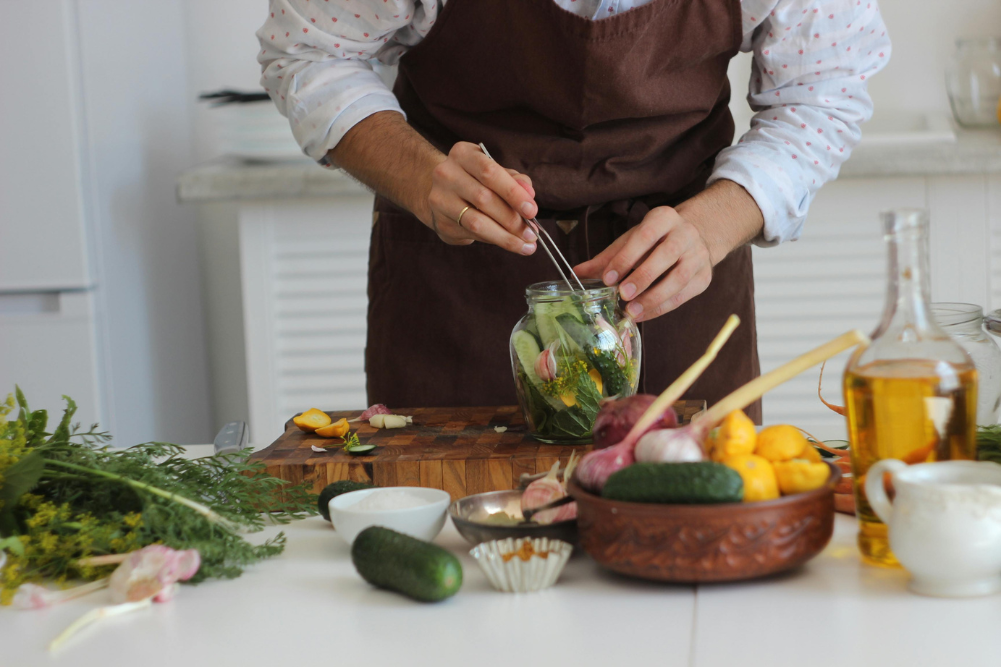Ancient wine
We tend to think our time is the apex of humanity and spend a lot of time marvelling at our discoveries and generally agreeing that we are pretty stupendous. In reality of course the past four million years of human evolution have been generally full of peak moments. Somewhere between three and four million years someone decided it would be a good idea to tilt their pelvis forward and walk upright allowing them to use their hands for things like throwing fruit…the idea caught on. Then there was the moment when someone, annoyed by the level of flatulence in the cave, threw a piece of flint against the wall and then noticed the spark that flew…that one caught on like wildfire. Yes, human life has always been full and although it seems like long time ago, around 1700 BCE (3,700 years ago) was no different. In fact a new discover y has found what is one of the oldest wine cellars in existence from this very time.
Around 1700 BCE the Minoan civilisation on Crete was thriving, the Bronze Age was beginning in China, the development of leavened bread occurred, the rubber ball was being invented, and wine was being guzzled like crazy. Ample evidence (or is that amphora evidence?) of this has been found on a new archaeological dig that has found one of the world’s oldest and biggest wine cellars.
The dig has been taking place at Tel Kabri in Israel at the site of a northern Canaanite city. The excavations have been taking place at the palace of the city rulers and a dramatic find has come to light. The archaeologists have found a 4.5 metre by 7.5 metre room filled with jars. Examination of the jars has found they contain traces of tartaric and syringic acids which are both components of wine. There were also resins found and resin was typical of wine making of the period. Previous to pouring in the wine to a jar (amphora) resin was used to coat and protect the inside of these porous jars. As well as sealing the amphora and preserving the wine, this coating with resin was thought to improve the flavour of the wine itself. Additionally the archaeologists found traces of other elements used in winemaking at the time like honey, mint, cinnamon, and juniper berries. The consistency of the proportions of these ingredients showed that this was high quality wine, not backyard moonshine.
Once it was established that these jars contained wine it became remarkable how many of them were present. The 40 amphorae had a capacity of around 2,000 litres which is equivalent to around 3,000 modern wine bottles. The wines were contained in a room that was adjacent to a banqueting hall and this find is one of the oldest and largest wine cellars to be found in the Near East.
The researchers say that the wine recipe is one they will try to recreate since it seems to have been followed so meticulously and must have been popular. You can try making your own Tel Kabri wine with hints of honey, mint and so on but our modern palate is not so accustomed to the resins as were our forebears, so be warned.
As for the wine cellar it seems that both it and the banqueting hall were destroyed in the same cataclysmic event, possibly an earthquake, and probably not a riot by guests wanting more wine…if the evidence is anything to go by.







